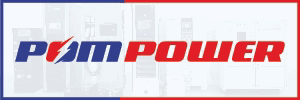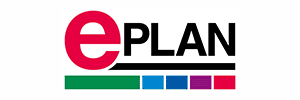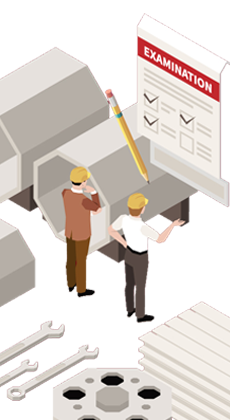Schedule a Call Back
CNC PTA welding system
 Technical Articles
Technical Articles- Jan 04,16
CNC controlled PTA hardfacing and cladding of valve components.
- Prasad Marudkar
An extension to plasma welding when used for hard-facing or cladding using powder as a filler material is known as Powder Plasma welding, also commercially known as PTA, i.e., Plasma Transferred Arc welding. Being a welding process the advantages of the PTA are enormous compared to other Flame or Arc spraying processes. Also as compared to the commonly available welding methods the PTA scores well above processes like SMAW, TIG and MIG.
 However all the advantages come at a cost in form of ‘automation’. PTA is a process, which is not to be used manually and the call for automation is, to a certain level, mandatory.
However all the advantages come at a cost in form of ‘automation’. PTA is a process, which is not to be used manually and the call for automation is, to a certain level, mandatory.
The level and topology of the logic for the control of automation may differ from manufacturer to manufacturer. However the automation can be broadly divided in 3 categories:
*Semi automated with timers
*Numeric controlled (NC) with micro controller, alpha numeric display, keypad, and
*Fully computer based CNC system.
The basic differences can be judged from the working capacity, the flexibility of the operation, repeatability of the job, skill level of the operator, etc.
As the subject of automation is very vast and beyond the scope the article, only the insight into high end automation has been focused here in next few pages.
The PTA process has multiple sets of parameters to be handled which can be broadly grouped into gas, mass, motion and power. The parameters covered by each group are as under:
Gas
*Plasma gas flow & pressure
*Shielding gas flow & pressure
*Carrier or powder gas flow & pressure
Mass
*Powder feed rate
*Powder feed down slope
Motion
*Surface speed of the job
*Travel speed of the torch
*Torch oscillation
Power
*Welding current
*Arc gap
Although the conventional method of handling certain parameters like gas, powder flow, welding current can be handled manually but it calls for the skill and the experience of the welder/operator.
Exploiting the advantage of the CNC topology, practically all the parameters involved in the process can be programmed and by allowing the computer to handle the process the need for the skilled welding or operator can almost be eliminated. As in any welding qualification the initial setting of parameters can be done under the expert’s guidance. Once set the operator job is only limited to the loading and unloading of the job on the system. It is to be noted that any pre- or post-weld process required to achieve the desired result have to completed in any case.
 A typical CNC based system can be wired around high grade of components, which include:
A typical CNC based system can be wired around high grade of components, which include:
*Industrial mother board
*High speed PLC configurable with external add on modules
*High resolution graphic display with Touch Screen facility, and
Other supporting devices like interlocks, sensors, measuring devices are to be compatible with the CNC configuration.
To achieve the desired result, the compatible mechanical system with high degree of accuracy is required typically employing ball screw mechanism, planetary gearboxes, etc., is a must to squeeze maximum benefits out of CNC system.
A typical CNC base PTA system looks as shown in Figure 1
With the necessary support of interfacing devices for signalling, measurement, control and correction a complete fail safe PTA CNC base system can control literally all the parameters involved in the process which are listed as under:
*Plasma gas flow & pressure
*Shield gas flow & pressure
*Powder or carrier gas flow & pressure
*Gas pre flow time
*Gas post flow time
*Welding current
*Welding voltage/arc gap
*Rotating speed of the job
*Linear travel speed of the torch
*Weld position of the torch
*Torch oscillation width
*Torch oscillation speed
*Dwell time
*Weld current down slope, and
*Powder flow down slope
 A typical control screen on CNC display shall look like as in Figures 2 & 3
A typical control screen on CNC display shall look like as in Figures 2 & 3
Other than the control of parameters the system employs typically single touch operation, which controls the sequential flow of operation automatically which is as under:
*Sense the Park or No Weld position of the torch
*Bring the torch to Weld position above the job
*Initiate the gas
*Initiate the pilot arc
*Start the welding arc
*Start the job motion
*Start the torch motion
*Start the oscillation
*Start the powder flow
*Deposit desired bands of weld
*Deposit desired passes of weld
*Bring the weld current and powder flow to down slope mode at the end of the job
*Stop welding & all the other motions
*Allow desired post flow of gas, and
*Bring the torch back to park position.
Typical jobs achieved by such system are shown in Figure 4
By allowing the CNC to virtually control all the activity of the process there is an endless list of advantages of such system
# Saving in Time
The time saved is what otherwise would be lost in activities like:
*Adjust the torch over the job every time the new job is placed
*Manually raise the torch every time the job is finished
*Manually adjust the powder flow rate for every new job.
*Manually adjust the current for every new job
*Manually adjust the speed of job, torch, oscillation of every new job.
#Uniformity of weld deposit
*Highly uniform weld deposit
*No crater at the end of the weld
*Optimum gas flow ensures no blow holes and no oxidation of the job
*Highly repeatable results.
# Saving in powder
*Volumetric control ensures optimized flow rate
*Minimal wastage of powder.
# No dependency on skilled labour
*Machine is used by Operator not Welder
*Increase in the rate of production.
As required by any industry is fulfilled in the form of:
*Reduced cost of deposit per job or per square inch
*Reduced cost of labour
*Reduced cycle time hence increase in the production rate
*Very low rate of rejection, and
*Reduced inventory of powder and gases.
As general conception goes that CNC machines demand high capital investment does not really hold ground here in the case of CNC based PTA machine.
Carefully designed with optimised use of high quality of raw material, choosing the right option for the electronics involved can make a highly efficiency system at much affordable price.
Contact: Arcraft Plasma Equipments (I) Pvt Ltd. Email: arcraftplasma@gmail.com
Related Stories
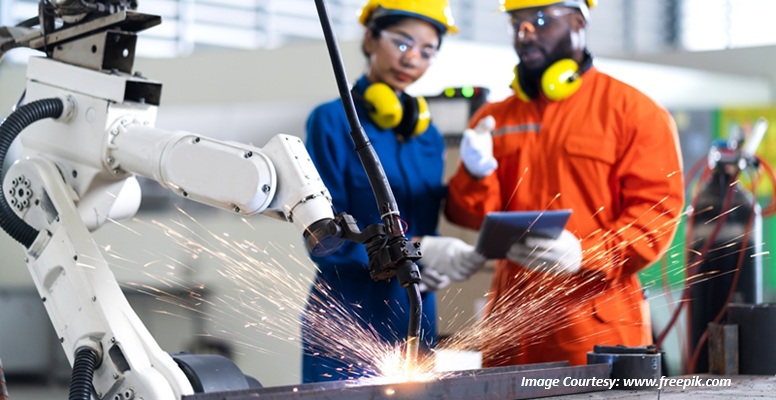
AI-Powered Welding Robots setting a new standard in Top-Tier Automotive Plants
As manufacturing plants undergo digital transformation and Industry 5.0 expectations, AI-powered welders will become more common, says Emily Newton.
Read more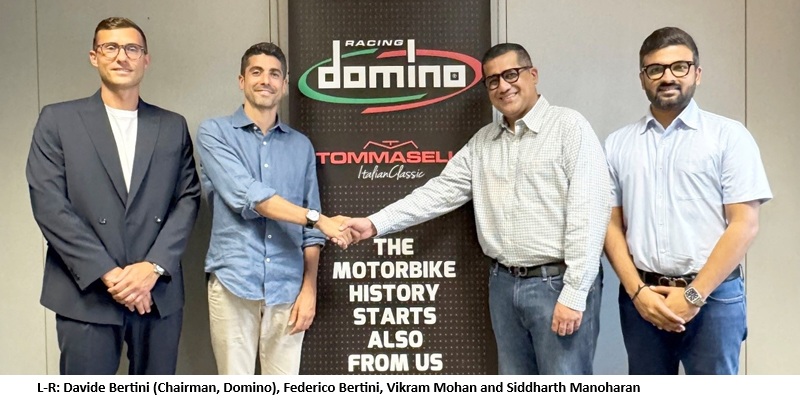
Pricol Partners with Italy's Domino to Advance Two-Wheeler Control Technologies
Pricol Limited joins hands with Italy’s Domino S.r.l. to deliver advanced two-wheeler handlebar control systems across India and Southeast Asia, reinforcing its innovation-driven growth strategy.
Read more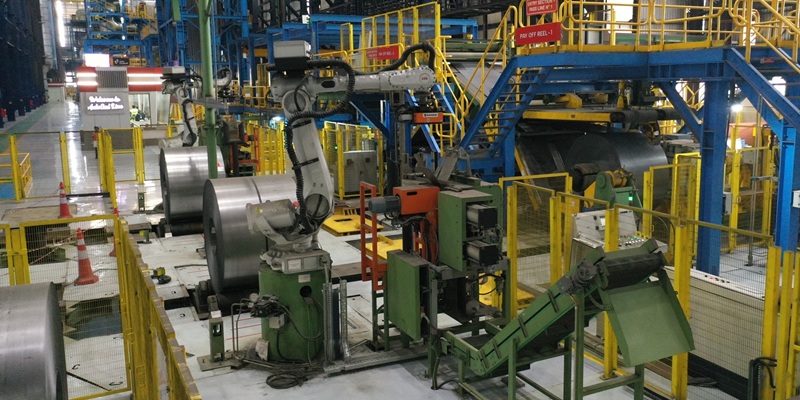
AM/NS India opens Continuous Galvanising Line for High-Strength Automotive Steel
New facility engineered to manufacture world-class specialised, high-grade steel for automotive applications, with strength levels up to 1180 MPa; to substitute imports. The modern unit is part of t..
Read moreRelated Products
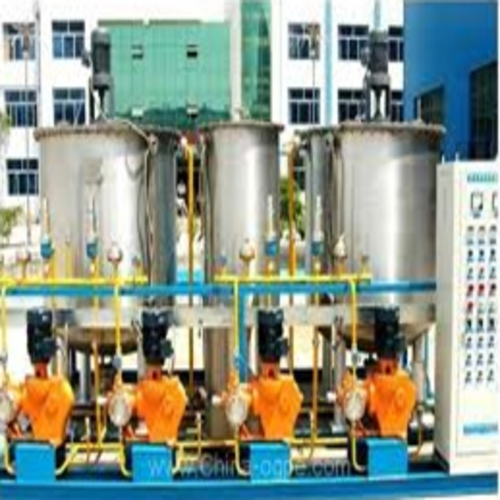
Ozone System
Omnicorp Environs & Infratech Co offers a wide range of ozone systems.
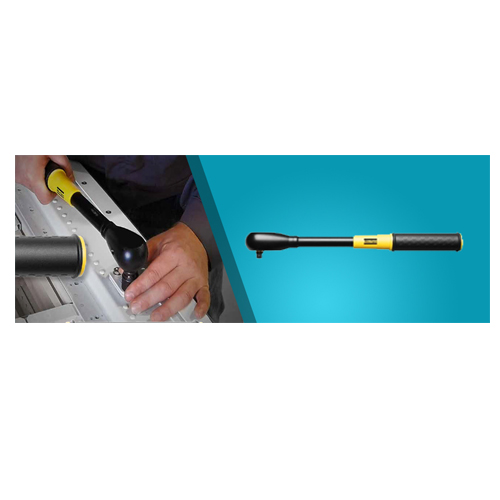
SWR ’Slipping’ Wrenches
Reliable
Trade Links offers a wide range of SWR ’slipping’ wrenches.

Gripping Systems – Rgg
Schunk Intec India Pvt Ltd offers a wide range of Gripping Systems – RGG - cleaning
device with shank interface.



